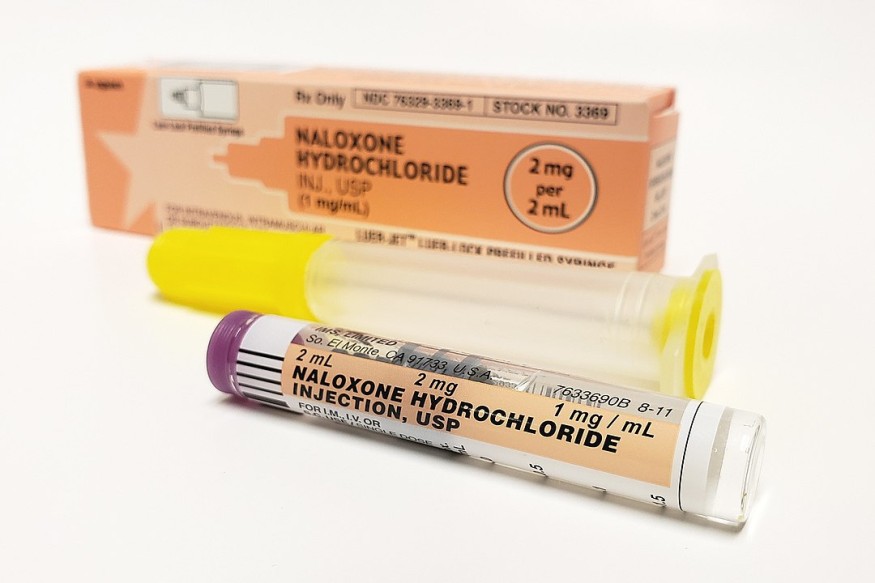Narcan is a drug that is frequently used for emergency treatment in either hospitals or any places in which people are required to have immediate medical attention. Commonly known as naloxone, Narcan is usually relayed to a patient as an antidote to people whenever they had incurred overdosage from other drugs such as heroin and opioids.
Overdosage from strong drugs like heroin that is topped by opioids could decrease the natural function of the patient. Even worse is that an individual could lose their overall respiration process, which could lead to death.
Narcan or Naloxone as Treatment for Opioid Overdose

Narcan is among the basic but few drugs that are available for medical experts to save the lives of people who are suffering from a drug overdose. According to the National Institutes of Health, Narcan contains a composition that is proven to be effective against the devastating impacts of an excessive drug intake through its reversive capability over specific drugs. Narcan is known to be beneficial in blocking the opioid receptors in case of contact with the numerous receptors inside the human brain. After the blocking phase, naloxone will be triggered to reverse any symptoms of heroin and fentanyl overdosage.
Opioids' known impacts on an overdosed individual include lowered heart rate, decrease in blood pressure, and slow stopping of breathing cycle. Additional effects include pale skin and blue-colored lips.
According to the Substance Abuse and Mental Health Services Administration or SAMHSA's guideline, titled 'Opioid Overdose Prevention Toolkit,' the usual approach of relaying Narcan to a patient under overdose emergency is to lay back of the person flat on their back. A needle-free device is widely available for this specific situation. In the form of nasal spray, the Narcan treatment could be given through one of the person's nostrils.
The common naloxone kits have 2 available sets of doses in case that a repeat intervention is required. Throughout the process, the patient must be given enough space for breathing. Having the ventilatory factors available around the person is the most essential step for first responders, and the presence of it alone could save lives.
The Centers for Disease Control and Prevention previously conducted a study that was published in the journal Morbidity and Mortality Weekly Report about opioid overdose in the United States. Based on the research, titled "Opioid Overdose Prevention Programs Providing Naloxone to Laypersons - the United States, 2014,' health organizations were able to provide the proper dosage of naloxone in opioid-related overdose cases between 1996 to 2014. The study said that the subjected organizations had naloxone kits relayed to a total of 152,283 laypersons, in which 26,463 cases of overdose reversal had been reported.
Travis Scott's Tragic Astroworld Festival and the Use of Narcan in Other Celebrities
Houston officials released a statement regarding a suspected unwanted massive opioid overdose case in Travis Scott's Astroworld Festival. The concert had eight individuals killed by overdosage, with numerous people injured throughout the event. There are 25 people who were confirmed to be hospitalized, which surprisingly includes children under the age of 18. This event caused many of the affected attendees to have been potentially jabbed with a single dose of Narcan through their necks. Whether the needle prick reported was from the opioid or Narcan is still unclear, and further investigations will be conducted.
Narcan had been used to treat overdose in many celebrities, including Demi Lovato's 2018 fentanyl and heroin case that resulted in coronary heart assault and stroke, as well as the late Juice Wrld's 2019 Halfway Airport collapse. In addition, Eminem was also treated with Narcan in 2007 following his methadone overdose.
RELATED ARTICLE : White-Tailed Deers in Iowa Tested Positive for COVID-19; Human Spit Possible Cause of Transmission
Check out more news and information on Medicine and Health in Science Times.












